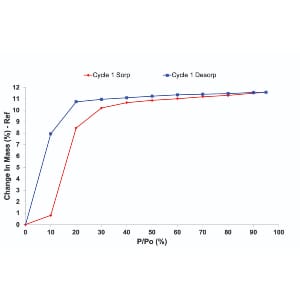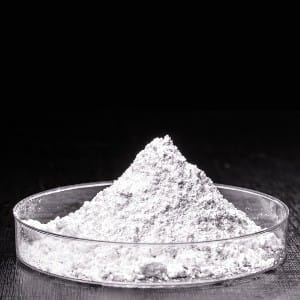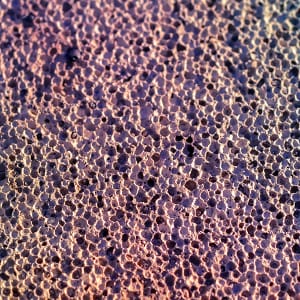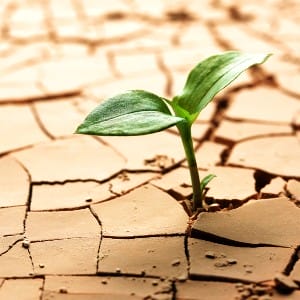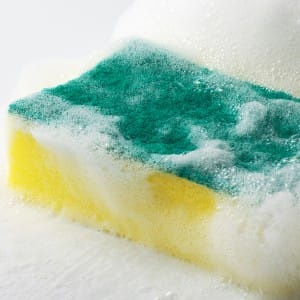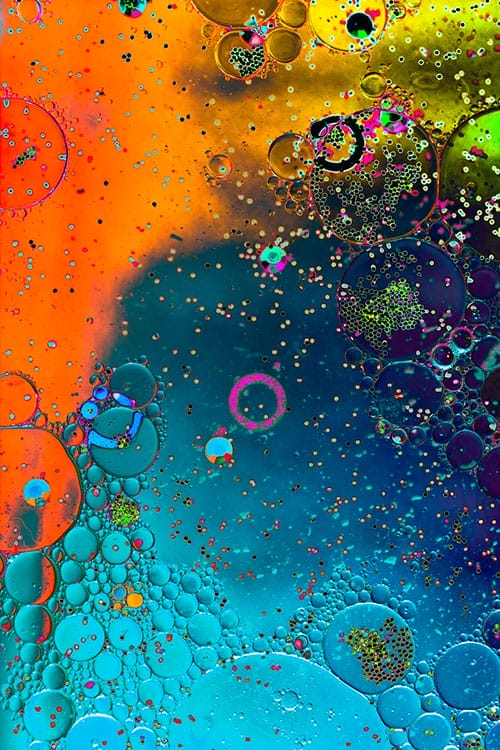
Experimental Methods for Measuring Vapor Pressures of Chemical Substances
Watch now
Vapor pressure is defined as the pressure exerted by vapor in thermodynamic equilibrium with its condensed phases (solid or liquid) at a given temperature in a closed system. It is an important physicochemical property for many applications including human health, environmental protection, vapor phase deposition processes, lubricants operational life and separation processes. In addition, the vapor pressure thermodynamic data can be used to calculate enthalpies of vaporization or sublimation. Therefore, the accurate determination of vapor pressure is fundamental for the development of models simulating the behaviour of chemicals in industrial processes or outdoor environments. There are several methods for measuring vapor pressures, as it is difficult for a single experimental method to cover entire range of vapor pressures from less than 10-15 to 105 Pa.
In this webinar, we discussed the Knudsen effusion method and static method for vapor pressure measurement. The Knudsen effusion method is used for measuring sublimation or evaporation processes below 100 Pa in the temperature range from 293 to 673K. The static method has been developed to extend the measured pressure range up to 105 Pa in the temperature range between 293 and 323K. Also, it is capable of measuring vapor pressures of liquid samples, or crystalline solids.
Dr. Vladimir Martis
Product Manager
Surface Measurement Systems



